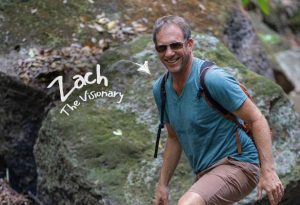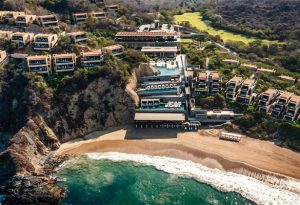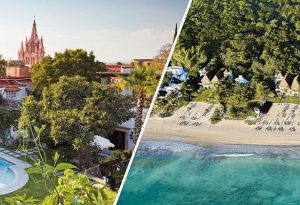Visitors looking for a glimpse into Mundo Maya (The Mayan World) and their mysteries can effortlessly find a plethora of information on the web thanks to an initiative created through the collaboration of Mexico, Belize, El Salvador, Guatemala, and Honduras to promote Mayan Culture. The Mayan civilization was the most advanced of their time and many aspects of their culture still remain a riddle; with over 150 archaeological sites to be visited, how does a traveler decipher which ones are worth visiting? The answer is easy: As many as you can!
In Mexico alone, the archaeological sites — some of which are named as UNESCO World Heritage Sites for their special cultural significance to the world– can be found in five different states: Campeche, Chiapas, Quintana Roo, Tabasco, and the Yucatan. Each of them are special and unique in their own way with history and stories so intriguing, it will leave any visitor astonished.
On my recent #MexicoJourney through the Yucatan Peninsula, I covered six different sites in just four days: Toniná, Palenque, Yaxchilan, Bonampak, Uxmal, and Chichen Itza. As the group and I traveled from each one to the next, I found myself unable to choose a favorite as all of them left me in awe. Each of the sites have something significantly different about them, whether it was a unique location in the middle of the dense jungle, or its almost-unbelievable, perfectly preserved murals. What I learned is that many people (including myself prior) do not realize that the Mayas existed from 300 BC to 1517 AC which means centuries had passed through their culture, and through them different innovations and styles of living transpired resulting in distinctive aspects and features that we are able to witness today.
Toniná
Location: Ocosingo, Chiapas
Time Period: 300 to 900AD
What makes it stand out? Its size. It’s pyramidal structure is composed of seven platforms and thirteen temples.
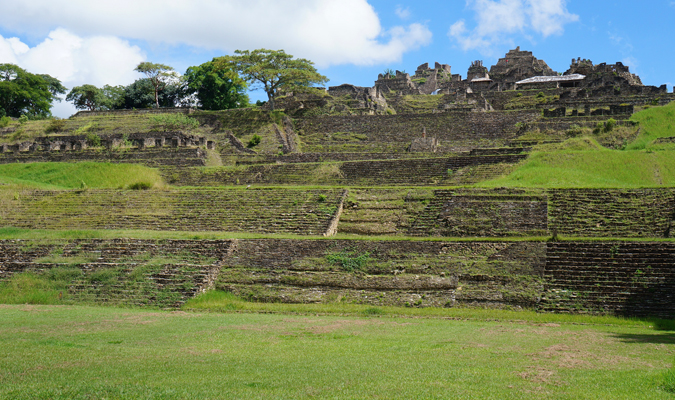
Palenque
Location: Palenque, Chiapas
Time Period: 200 BC to 800 AD
What makes it stand out? Its majesty. The architectural and sculptural remains are exceptionally preserved and picture perfect.
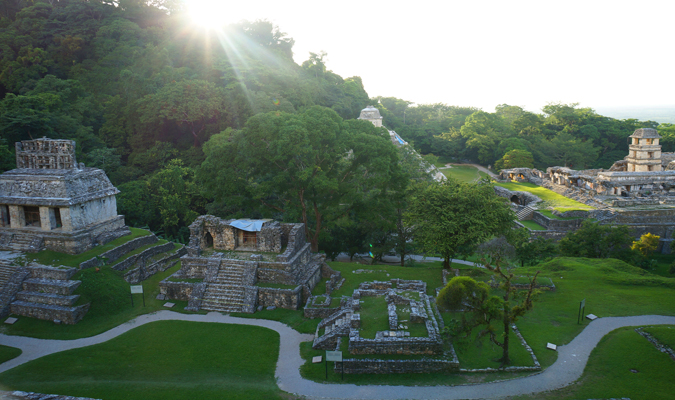
Yaxchilán
Location: Ocosingo, Chiapas
Time Period: 300 to 800 AD
What makes it stand out? Its location. Only accessible by boat, the structures are deep in the jungle where you are accompanied by howler monkeys, spider monkeys and other wildlife.
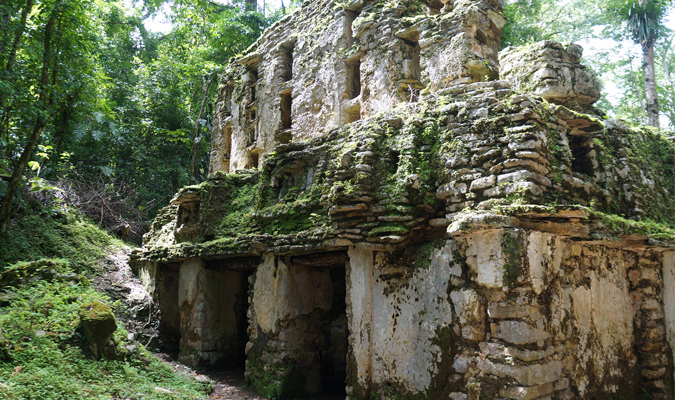
Bonampak
Location: Ocosingo, Chiapas
Time Period: 580 to 800 AD
What makes it stand out? Its murals. Three rooms at Bonampak feature near-perfectly preserved frescoes where the ancient history, aftermath, and celebration of the site are displayed astonishingly.
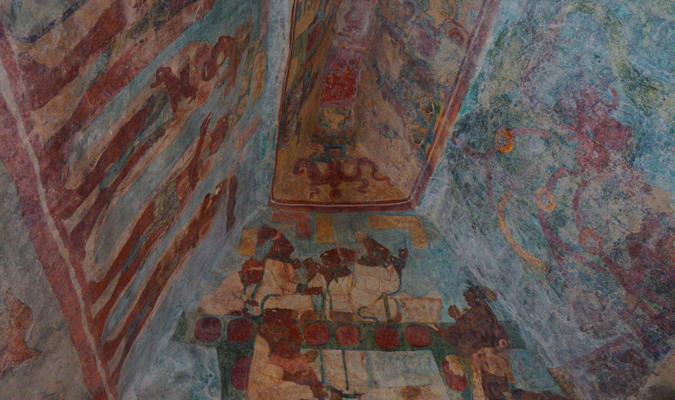
Uxmal
Location: Santa Elena, Yucatan
Time Period: 500 to 1000 AD
What makes it stand out? Its intricacy. Well cut patterns of Mayan geometric art and stone mosaics (influence from the Puuc) set this site apart from the above mentioned.
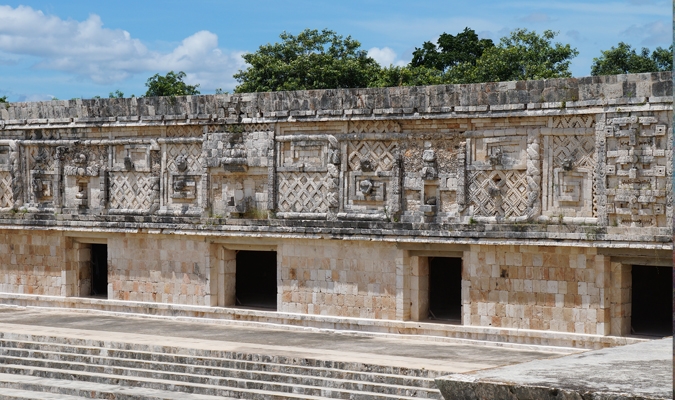
Chichen Itzá
Location: Chichen Itza, Ycuatan
Time Period: 600 to 1300 AD
What Makes it stand out? Its precision. The structures of Chichen were built perfectly aligned with time and astronomical events. The tracking of the sun, moon, stars, and planets enabled the Maya to create a calendar which was so precise they could forecast events thousands of years before their time.
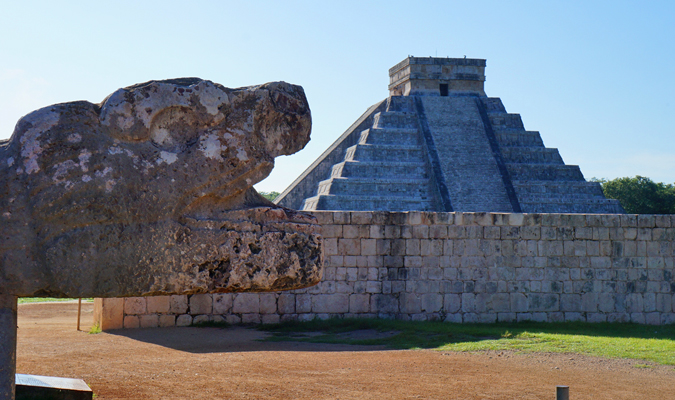
Other Sites: Ek Balam, Kabah, Labná, Calakmul, Dzibilchatun, Cobá, Edzná, Kohunlich, Tulum
Ready to visit these amazing Mayan Archaeological Sites in Mexico? Browse our itineraries, including The Archaeological Mayan Journey and start planning here.



